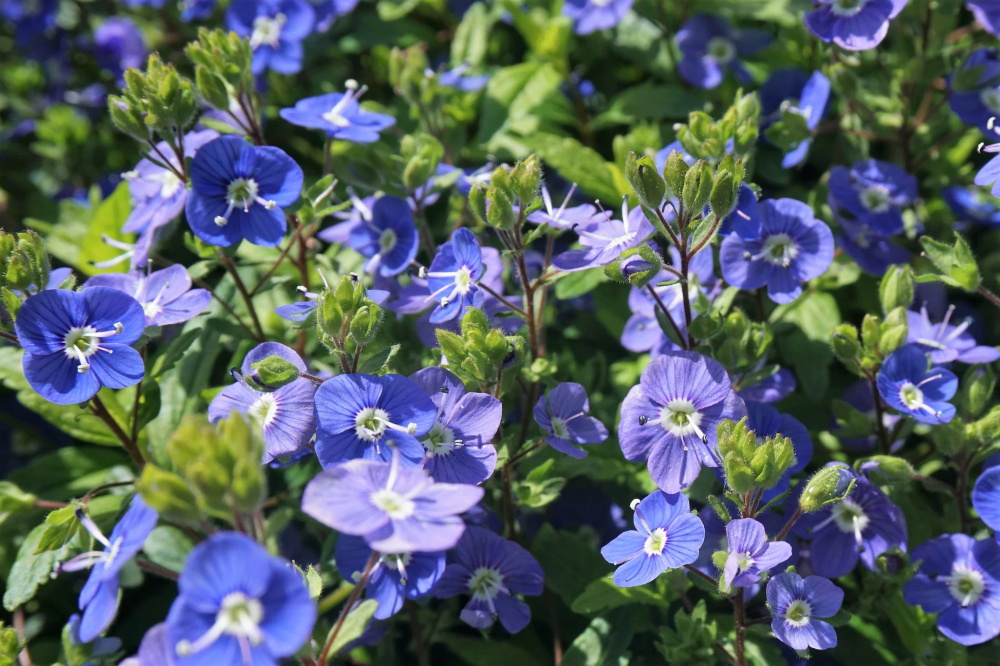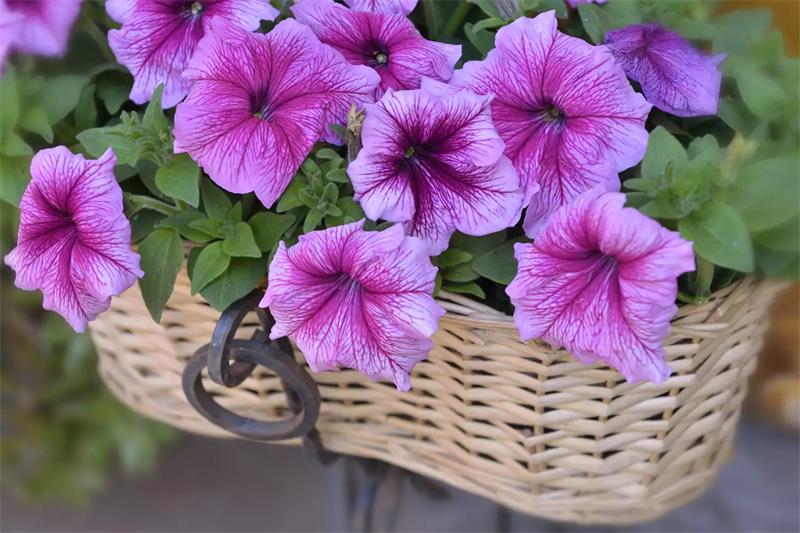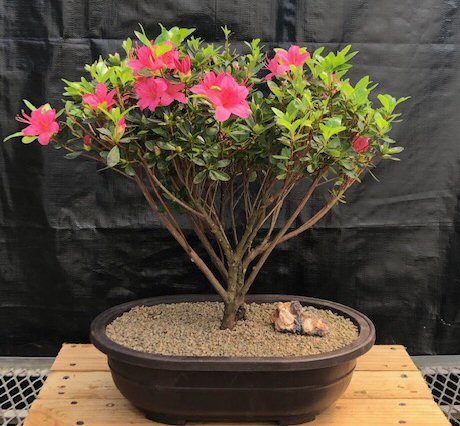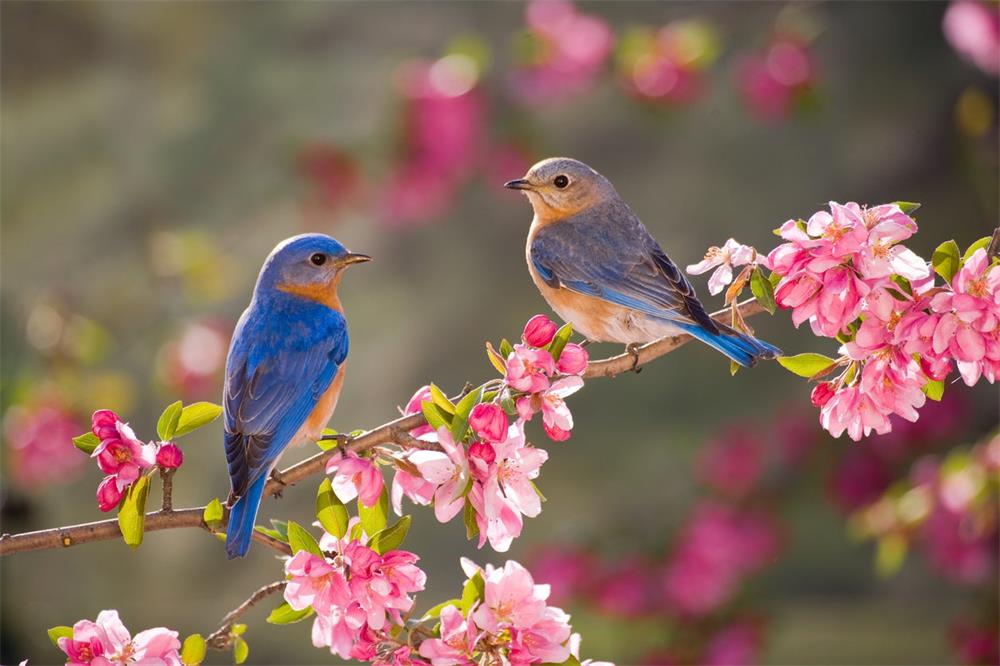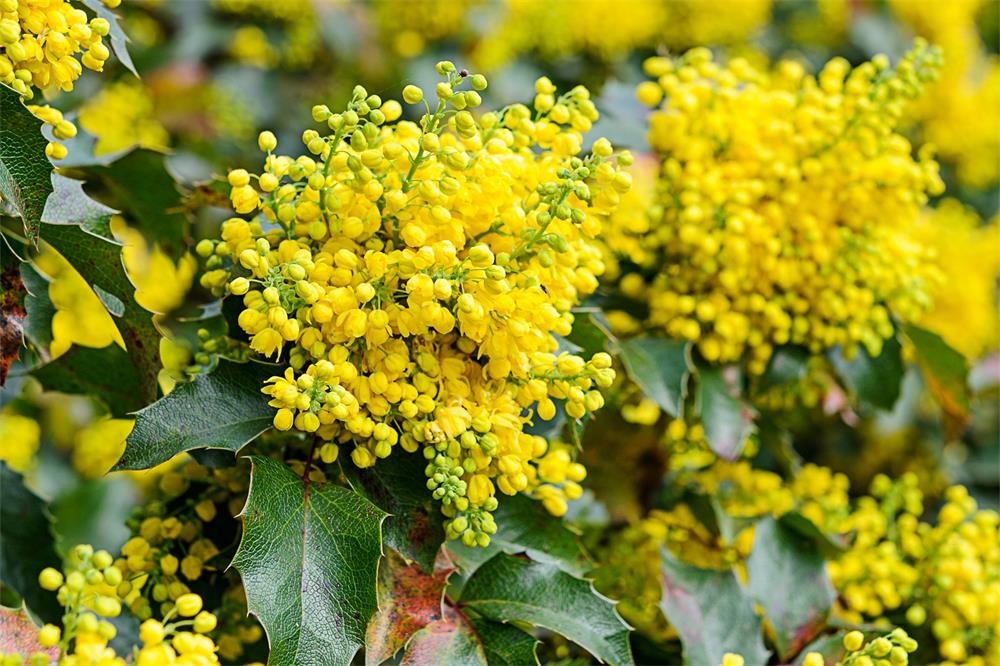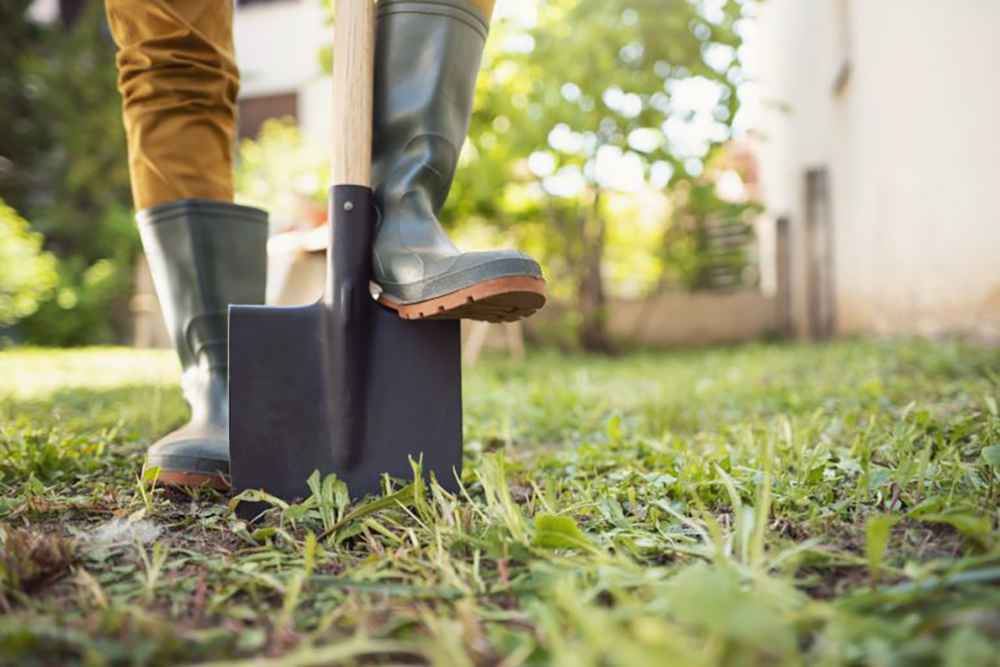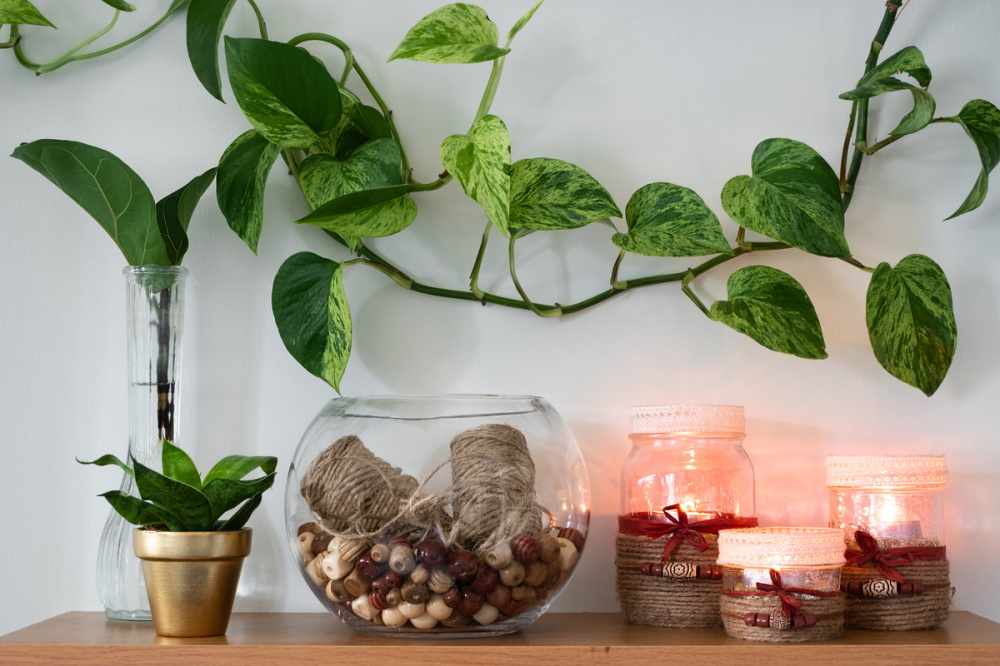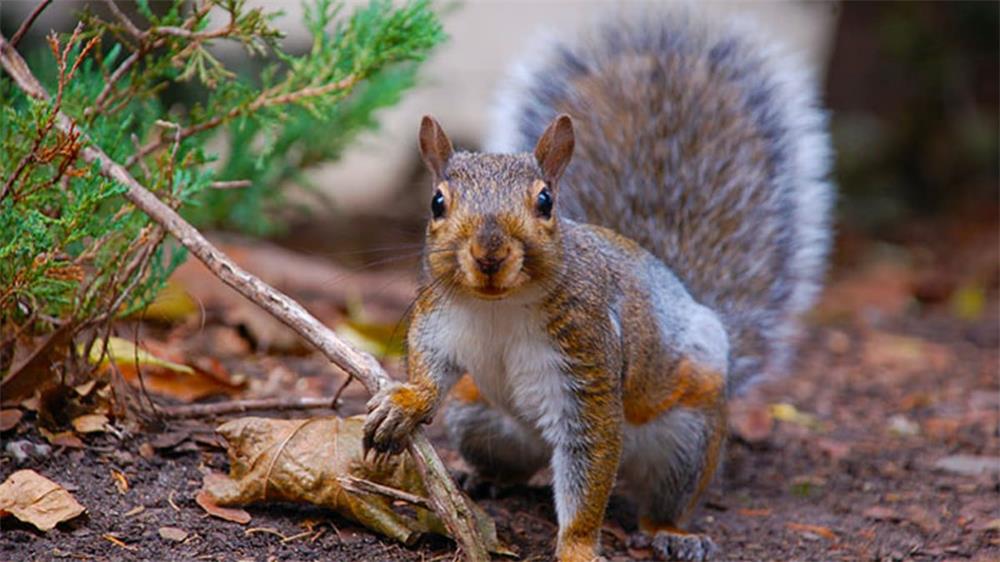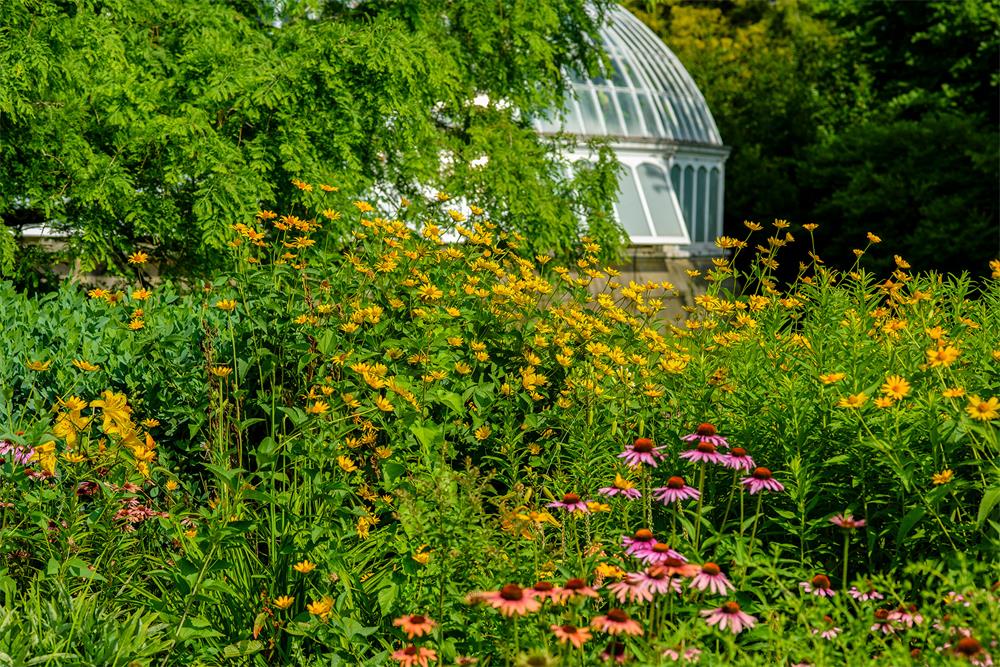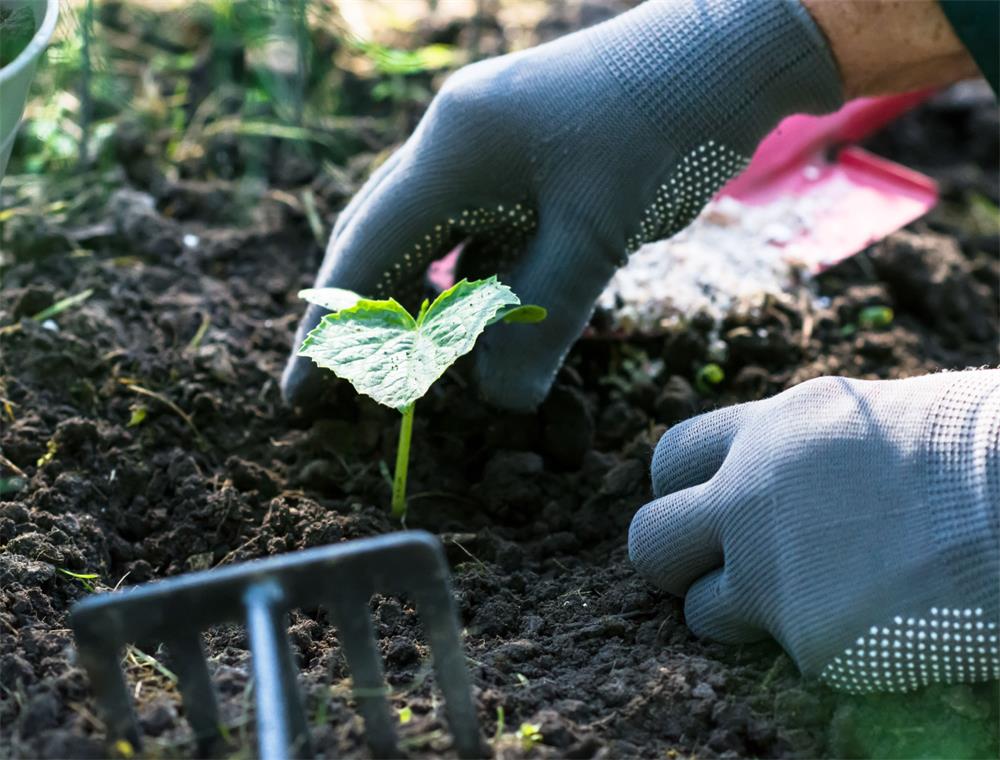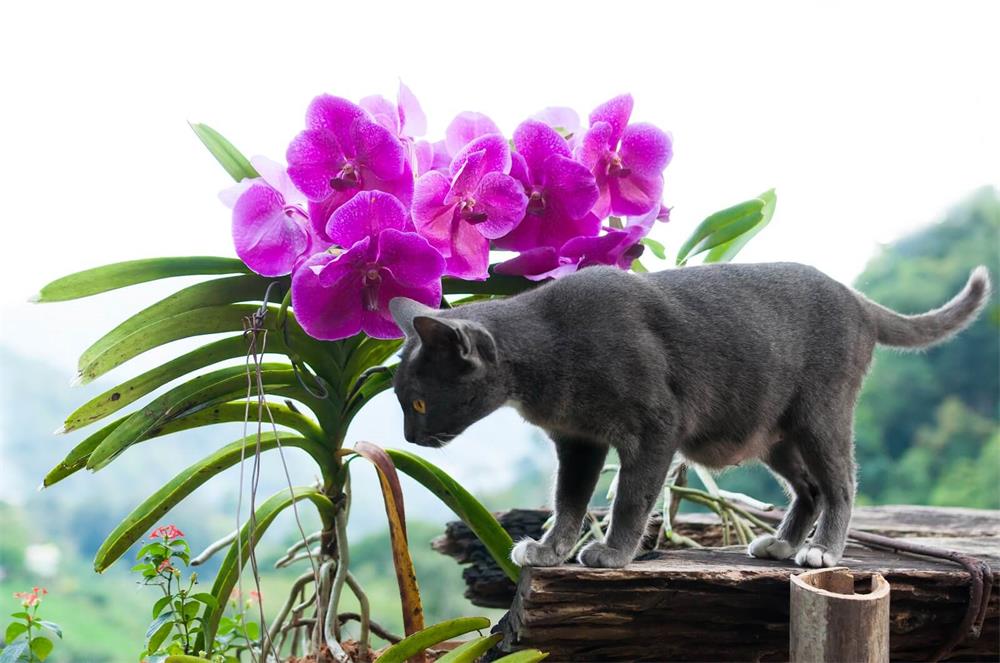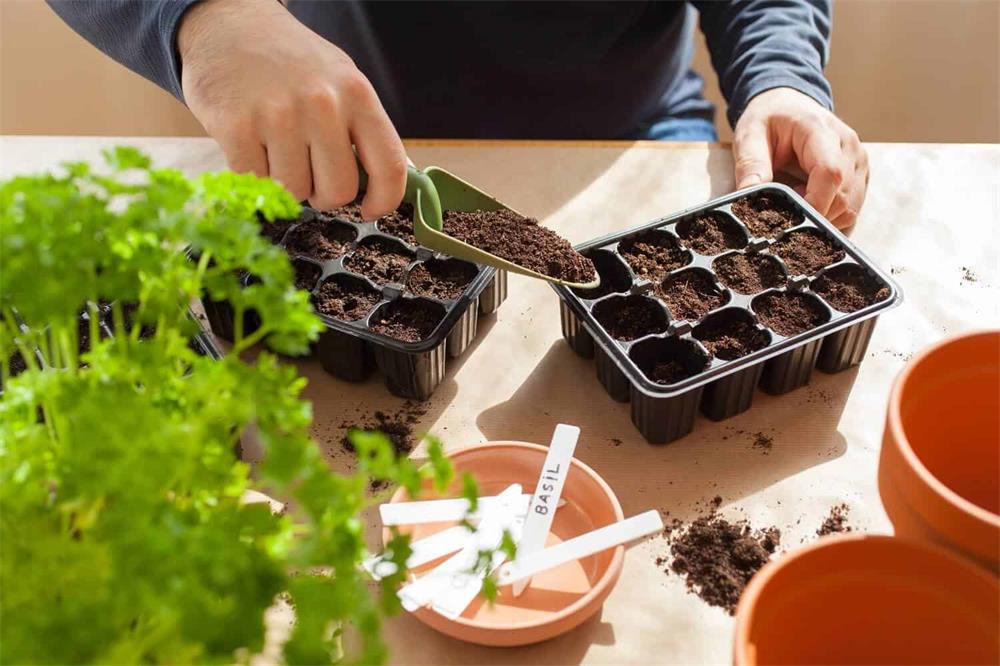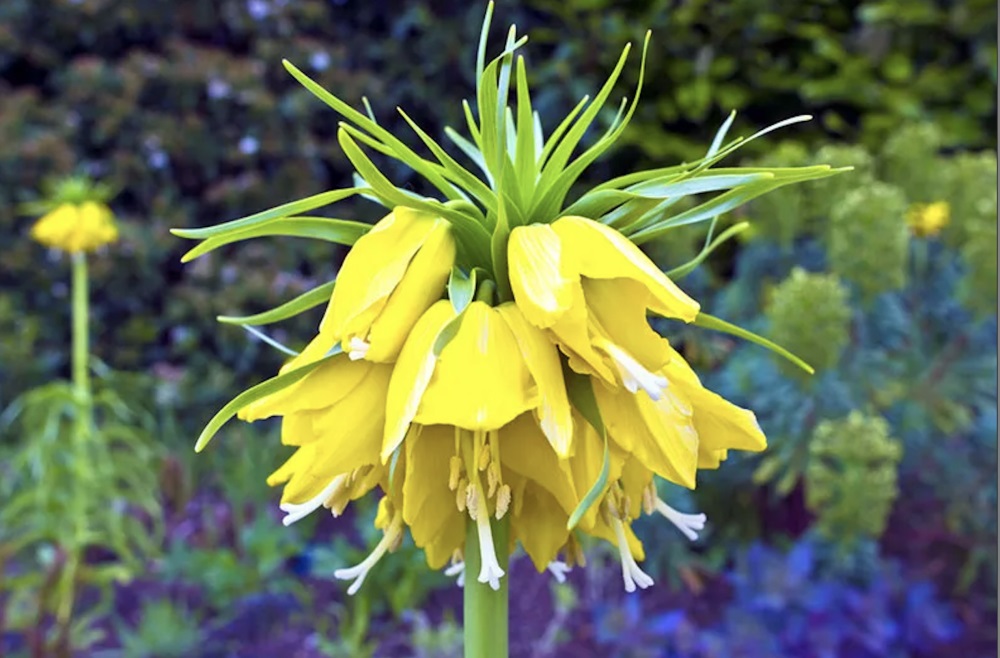
Table of Contents
Yellow fritillary (Fritillaria pudica) is a charming spring-blooming bulb that produces yellow, bell-shaped flowers that nod gracefully on slender stems. Also known as yellow bells, this plant is native to the western regions of North America, where it grows in dry, rocky soils among sagebrush and grasslands. It belongs to the lily family and is related to other fritillaries, such as the checkered lily and the crown imperial.
Yellow fritillary is a spring ephemeral, meaning it emerges early in the season and quickly fades away after flowering. The flowers last only a few days and change color from bright yellow to reddish-orange as they age. The plant grows from small bulbs that can be planted in the fall for a spring display. Yellow fritillary is not very common in cultivation, but it can be a delightful addition to a rock garden, a naturalized area, or a woodland edge.
Light
Yellow fritillary prefers a location with partial sun or dappled shade, especially in warmer climates. It can tolerate full sun in cooler regions, but it may need some afternoon shade to prevent the flowers from wilting.
Soil
Yellow fritillary likes well-drained, sandy to rocky soil that mimics its native habitat. It can grow in a range of soil pH levels, from mildly acidic to mildly alkaline (6.0 to 8.0). Avoid planting it in heavy clay or soggy soil, as this can cause the bulbs to rot.
Water
Yellow fritillary needs moderate moisture in spring when it is actively growing and flowering. Water it regularly during this period, but do not overwater it or let it sit in waterlogged soil. After the flowers fade and the foliage dies back, reduce watering and let the soil dry out. Yellow fritillary is drought-tolerant and does not need much water during the summer and winter dormancy.
Temperature and Humidity
Yellow fritillary is hardy in USDA zones 3 to 7, where it can withstand cold winters and hot summers. It does not need any special protection from frost or snow, as long as the soil is well-drained. It does not require high humidity and can cope with dry air.
Fertilizer
Yellow fritillary does not need much fertilizer, as it is adapted to low-nutrient soils. However, you can apply a low-nitrogen bulb fertilizer in the fall when you plant the bulbs or in early spring when the shoots emerge. This can help boost flower production and bulb health. Do not fertilize after flowering or during dormancy.
Pruning
Yellow fritillary does not need pruning, except for removing the spent flowers after they fade. This can prevent the plant from setting seeds and direct more energy to the bulbs. You can also cut off the stems at ground level once they turn brown and dry. Do not remove the foliage until it has completely withered, as this is how the plant stores food for next year’s growth.
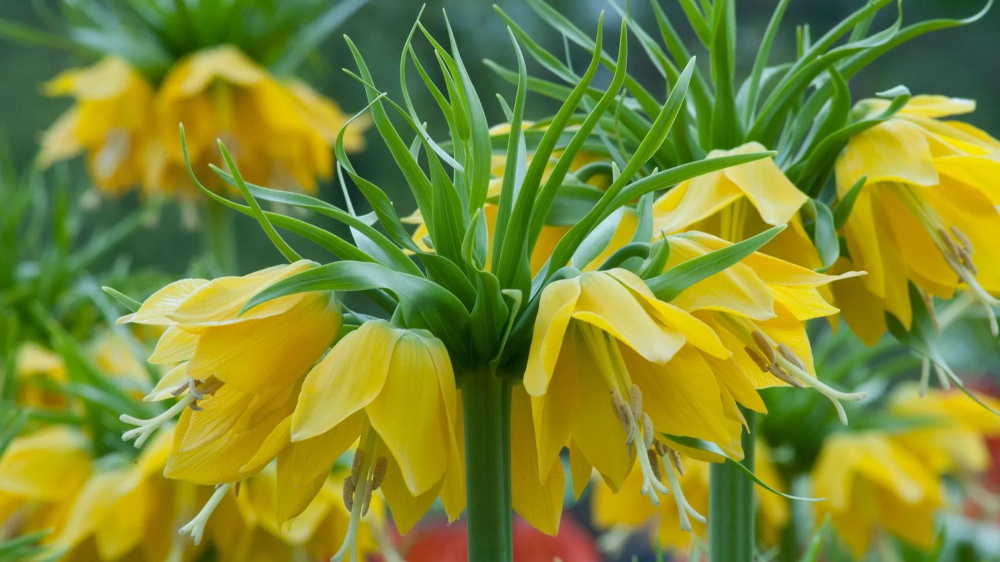
Propagating Yellow Fritillary
Yellow fritillary can be propagated by dividing the bulbs or growing them from seeds.
Dividing Bulbs
The easiest way to propagate yellow fritillary is by dividing the bulbs in late spring or early summer after the foliage has died back. Carefully dig up the clumps of bulbs with a shovel or a trowel and gently separate them by hand. Look for small bulblets that form around the larger mother bulbs and detach them carefully. Replant the bulbs immediately or store them in a cool, dry place until fall planting time. Plant them 4 inches deep and 4 inches apart in well-drained soil.
Growing From Seeds
You can also grow yellow fritillary from seeds collected from ripe seed pods in late spring or early summer. However, this method is more challenging and time-consuming than dividing bulbs. The seeds need to be sown fresh as soon as possible after harvesting them. Sow them thinly on the surface of moist potting mix in pots or trays and cover them lightly with more mix. Keep them in a cool place (around 40°F) for three months to stratify them (expose them to cold temperatures). Then move them to a warmer place (around 70°F) for another three months to germinate them. Keep the soil moist but not wet and provide bright light but no direct sun.
Once the seedlings have sprouted, transplant them to individual pots and grow them on until they are large enough to plant out in the garden. This may take several years, as the bulbs need to reach a certain size before they can flower.
Potting and Repotting Yellow Fritillary
Yellow fritillary can be grown in pots or containers, but it may not perform as well as in the ground. Choose a pot that is at least 6 inches deep and has drainage holes at the bottom. Fill it with a well-drained potting mix that contains some sand or grit for extra drainage. Plant the bulbs 4 inches deep and 4 inches apart in the pot. Water them well and place them in a sunny or partially shaded spot.
Yellow fritillary does not need to be repotted often, as it likes to be somewhat pot-bound. However, you can repot it every two or three years if the pot becomes overcrowded or the soil becomes depleted. Do this in late spring or early summer after the foliage has died back. Carefully lift the bulbs out of the pot and divide them if necessary. Replant them in a fresh potting mix and water them well.
Overwintering Yellow Fritillary
Yellow fritillary is cold-hardy and can survive winter temperatures down to -40°F. However, if you live in a region where the soil freezes deeply or stays wet for long periods, you may want to lift the bulbs and store them indoors for the winter. Do this in late fall before the ground freezes. Dig up the bulbs carefully and shake off any excess soil. Let them dry for a few days in a cool, airy place. Then store them in paper bags or cardboard boxes filled with peat moss, vermiculite, or sawdust. Keep them in a dark, dry, and cool place (around 40°F) until spring planting time.
If you grow yellow fritillary in pots or containers, you can also overwinter them indoors. Move the pots to a cool, dark place (such as a basement or garage) and stop watering them. Check them occasionally for signs of rot or pests and discard any damaged bulbs. In spring, move the pots outside gradually and resume watering them.
Pests and Diseases
Yellow fritillary is generally pest- and disease-free, but it may occasionally suffer from some problems.
Pests
The most common pests that may attack yellow fritillary are rodents, such as mice, voles, gophers, and squirrels. These animals may dig up and eat the bulbs or gnaw on the stems and leaves. To prevent this, you can plant the bulbs in wire cages or mesh baskets buried in the soil. You can also sprinkle some repellents around the planting area, such as blood meal, cayenne pepper, or garlic.
Another possible pest is the lily beetle (Lilioceris lilii), which is a bright red insect that feeds on the leaves and flowers of lilies and fritillaries. The adult beetles and their larvae can cause severe damage to the plants by skeletonizing the foliage. To control them, you can hand-pick them off the plants and drop them into a bucket of soapy water. You can also spray them with insecticidal soap or neem oil.
Diseases
The most common diseases that may affect yellow fritillary are fungal infections, such as botrytis blight (Botrytis cinerea) and bulb rot (Fusarium oxysporum). These diseases can cause the leaves to turn brown and wilt, the flowers to become discolored and moldy, and the bulbs to decay and smell foul. To prevent these diseases, make sure to plant the bulbs in well-drained soil and avoid overwatering them. Also, remove any infected plant parts as soon as possible and dispose of them properly. Do not compost them or reuse the soil.
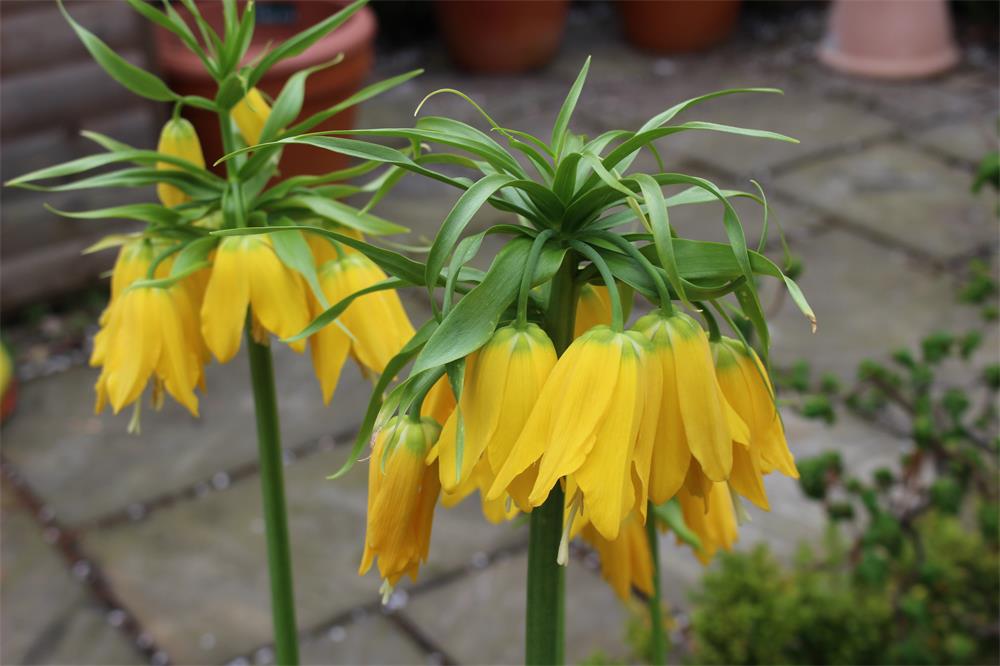
Bloom Time
Yellow fritillary blooms early in spring, usually from March to May depending on the climate. The flowers last for only a few days before they fade and change color from yellow to reddish-orange.
Common Problems
Yellow fritillary is not a very difficult plant to grow, but it may encounter some problems if its growing conditions are not met.
One common problem is poor flowering or no flowering at all. This can be caused by several factors, such as:
- Planting the bulbs too shallowly or too deeply
- Planting the bulbs upside down
- Planting small or immature bulbs
- Overcrowding or competing with other plants
- Excessive shade or heat
- Insufficient moisture or nutrients
- Damage by pests or diseases
- Premature removal of foliage
To avoid these problems, make sure to plant the bulbs correctly and provide them with suitable light, soil, water, and fertilizer. Also protect them from rodents and insects and let the foliage die back naturally.
Another common problem is bulb rot, which can occur if the soil is too wet or poorly drained. This can cause the bulbs to become soft, mushy, and smelly. To prevent this, plant the bulbs in well-drained soil and avoid overwatering them. Also, lift and store the bulbs indoors for the winter if you live in a wet or cold region.

Frequently Asked Questions
Here are some frequently asked questions about yellow fritillary and their answers.
How do you pronounce fritillaria?
Fritillaria is pronounced as frih-tih-LAIR-ee-uh.
What does fritillaria mean?
Fritillaria comes from the Latin word frills, which means a dice box or a chessboard. This refers to the checkered pattern on some species of fritillaries.
Are yellow fritillaries edible?
No, yellow fritillaries are not edible. In fact, they are mildly toxic and can cause skin irritation or stomach upset if ingested. Keep them away from children and pets.
Are yellow fritillaries deer-resistant?
Yes, yellow fritillaries are deer-resistant. They have a strong odor that repels deer and other herbivores. However, they may still be nibbled by rodents or insects.
How do you store yellow fritillary bulbs?
You can store yellow fritillary bulbs in a cool, dry, and dark place (around 40°F) until spring planting time. You can use paper bags or cardboard boxes filled with peat moss, vermiculite, or sawdust to store them. Do not store them in plastic bags or containers, as this can trap moisture and cause rotting.
Summary
Yellow fritillary is a spring-blooming bulb that produces yellow, bell-shaped flowers that change color to reddish-orange. It is native to the western regions of North America and grows in dry, rocky soils. It is a spring ephemeral that dies back after flowering. It can be grown in partial sun or dappled shade in well-drained soil. It needs moderate moisture in spring and drought tolerance in summer and winter. It can be propagated by dividing the bulbs or growing them from seeds. It is generally pest- and disease-free but may suffer from bulb rot if overwatered. It is deer-resistant but may attract rodents or insects. It is not edible and mildly toxic.



